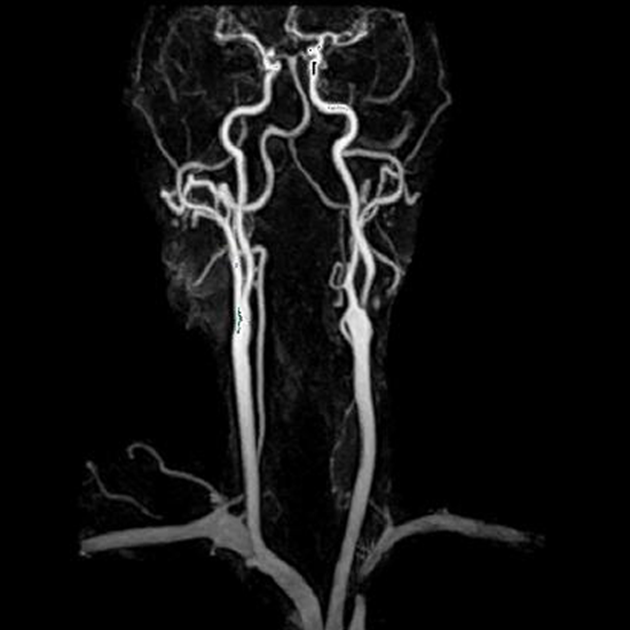A brain and neck angiogram with contrast is a specialized diagnostic procedure used to examine the blood vessels in both the brain and neck. It is essential for detecting abnormalities such as aneurysms, arteriovenous malformations (AVMs), stenosis (narrowing of the arteries), blockages, and other vascular issues that can affect the blood supply to the brain.
During the procedure, a contrast dye is injected into the bloodstream to enhance the visibility of the blood vessels. This dye helps to make the arteries and veins stand out on imaging scans. The contrast is typically delivered through a catheter, which is inserted into a major artery, often in the groin or arm, and guided toward the brain and neck regions. The contrast helps to create clear, detailed images using techniques like X-rays (in conventional angiography), CT scans (CT angiography), or MRI (MR angiography).
This procedure is commonly used to evaluate conditions such as stroke, transient ischemic attacks (TIAs), brain hemorrhages, or unexplained neurological symptoms. It helps doctors determine the location and severity of blockages or abnormal blood flow in the brain and neck, which is vital for planning treatments such as stent placement, surgery, or other interventions aimed at restoring normal blood flow or addressing vascular issues.








Reviews
Clear filtersThere are no reviews yet.